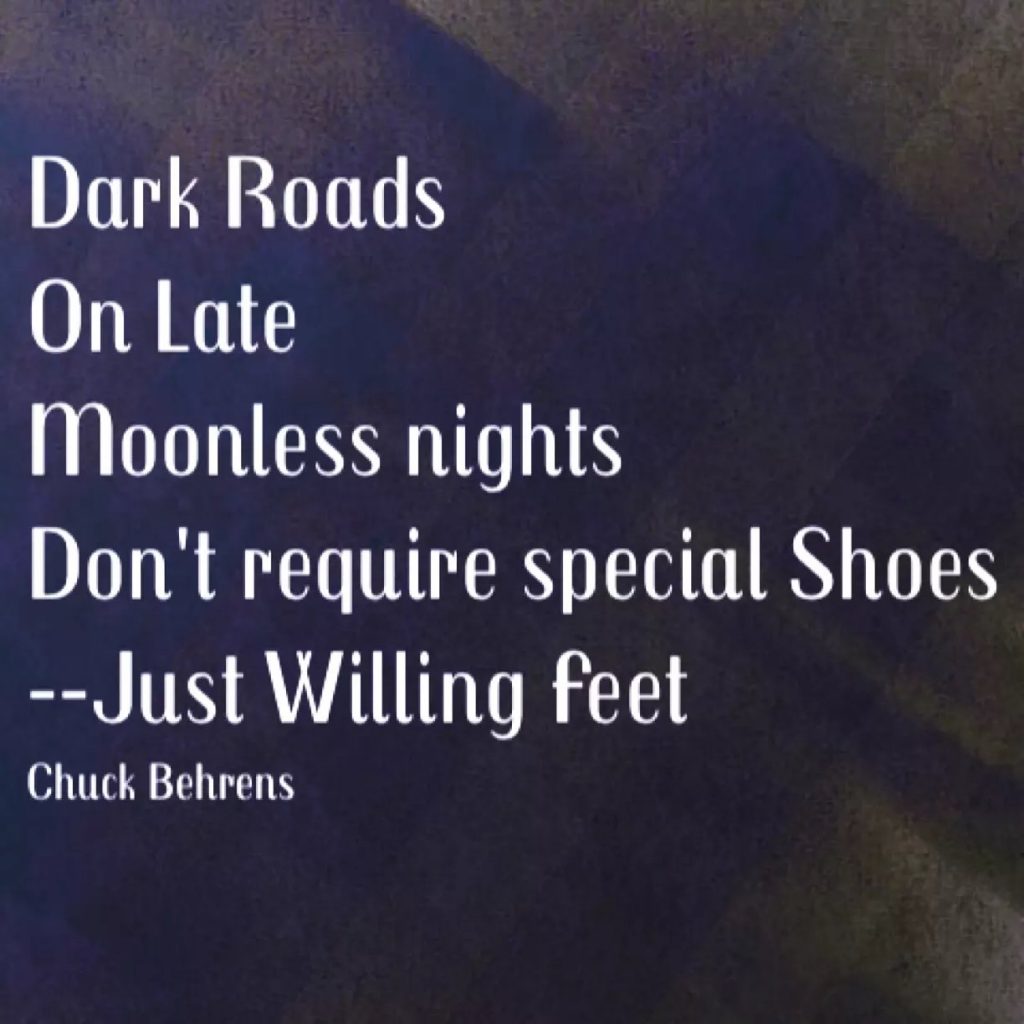This past Friday, Erin and I took in the aware winning play, COME FROM AWAY, based on a true story following the tragic events surrounding 9/11. This was one of my favorite songs/scenes because it was a prayer, that became a universal prayer in the middle of the scene, one that is powerfully understood and yes, P R A Y E D. . .
As it entered its final weeks in the West End, Come From Away had released a special performance of “Prayer”, a hit number from the multi-award-winning musical. The multi-award-winning musical, had playing at the Phoenix Theatre in London, is based on the events after 9/11 in Gander, Newfoundland where a small community welcomed thousands of stranded plane passengers. It first opened in the West End in early 2019, going on to win the Best New Musical Award at the WhatsOnStage Awards the following year with additional Olivier and Critic’s Circle Awards. The final performance was on 7 January 2023. The touring production is set to open in Leicester in February 2024, with additional tour stops currently under wraps. The creative team features Irene Sankoff and David Hein (book, music and lyrics), Christopher Ashley (director), Kelly Devine (musical staging), Ian Eisendrath (music supervision and arrangements), Beowulf Boritt (scenic design), Toni-Leslie James (costume design), Howell Binkley (lighting design), Gareth Owen (sound design), David Brian Brown (hair design), August Eriksmoen (orchestrations), Pippa Ailion CDG and Natalie Gallacher CDG (casting), Joel Goldes (dialect coach), Michael Rubinoff (creative consultant), Bob Hallett (Newfoundland music consultant), Shirley Fishman (dramaturg), Tara Overfield Wilkinson (associate UK director and choreographer) and Kirsty Malpass (assistant director and choreographer).
Plays come and go and is part of the allure of living in the greater Cleveland area; we get the best. But award winning or not, a great play does more than just entertain; it inspires and a superior one challenges us to be better than when before seeing it. This scene of the PRAYER just doesn’t show our commonalities, but dares us to see the PRAYER that we are, not just to be prayed or to unite, but to be shared; to be LIFE CHANGING. . .THAT we may be such an Instrument, a Channel, a Person, a PRAYER. . .
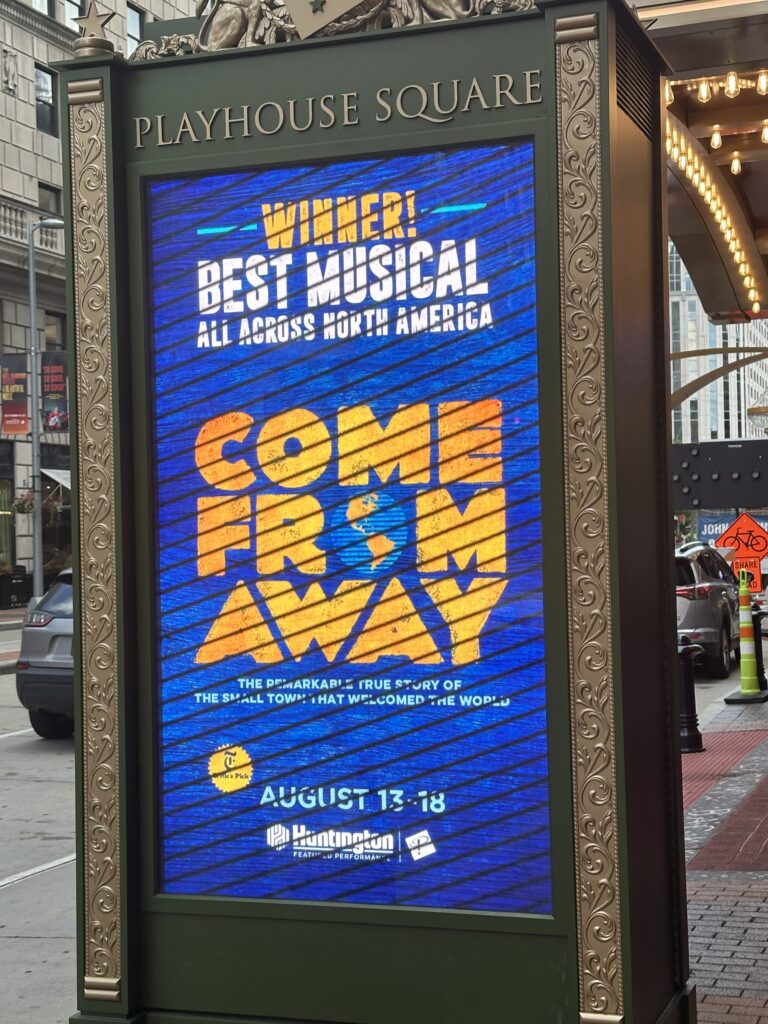
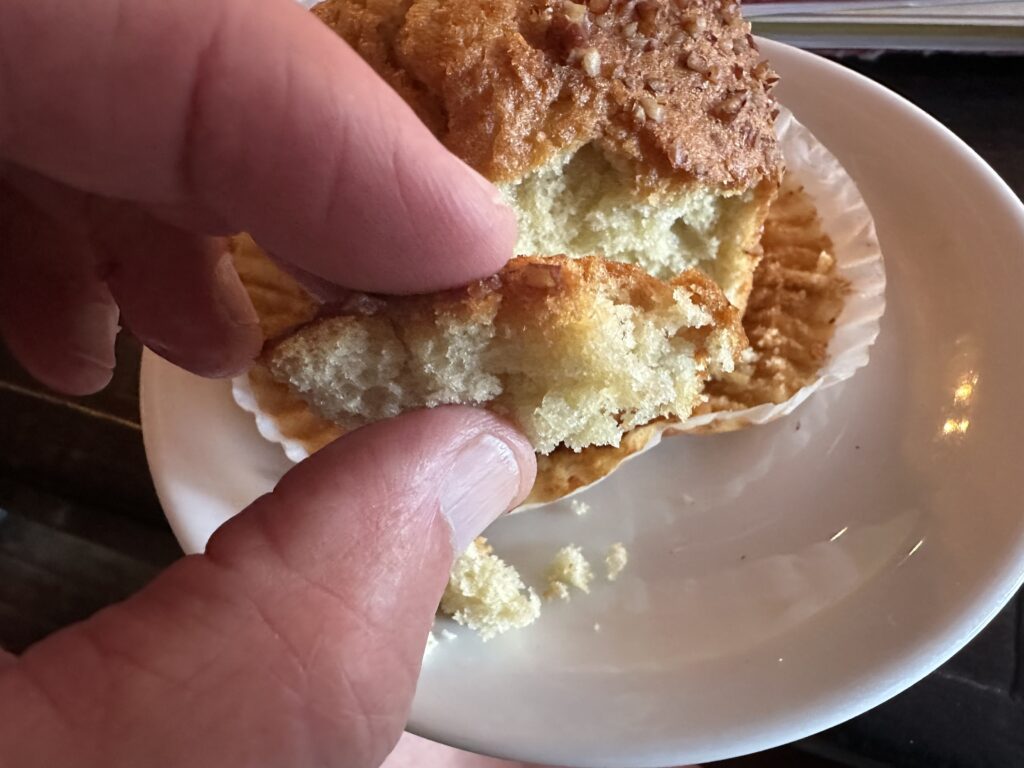


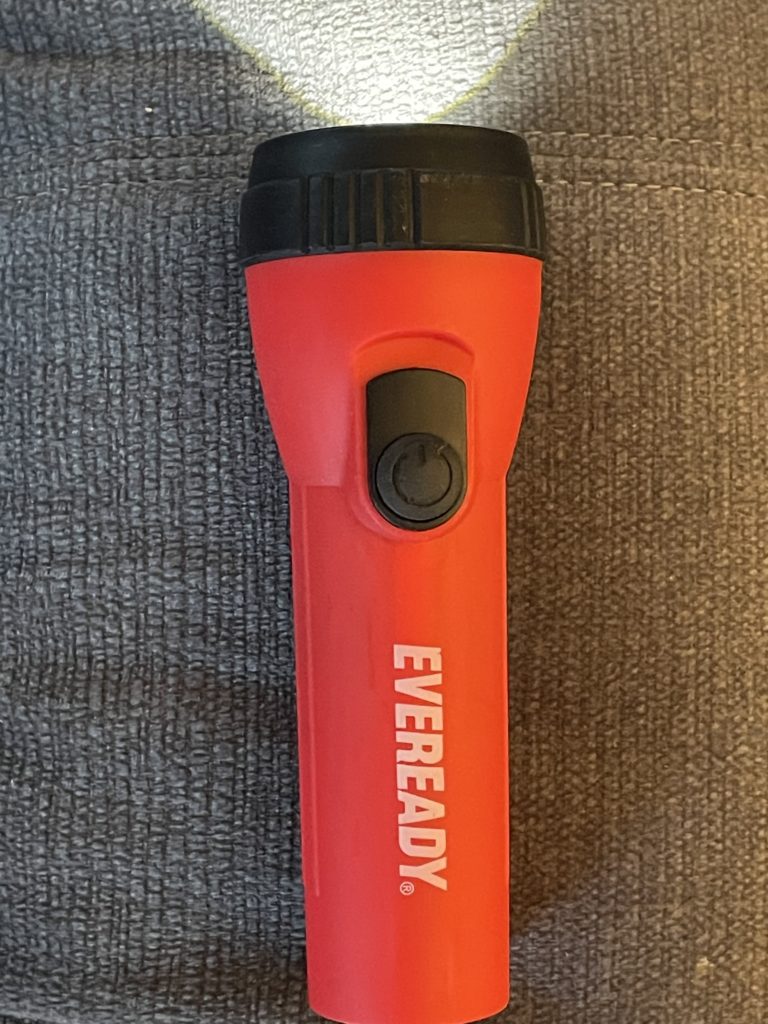


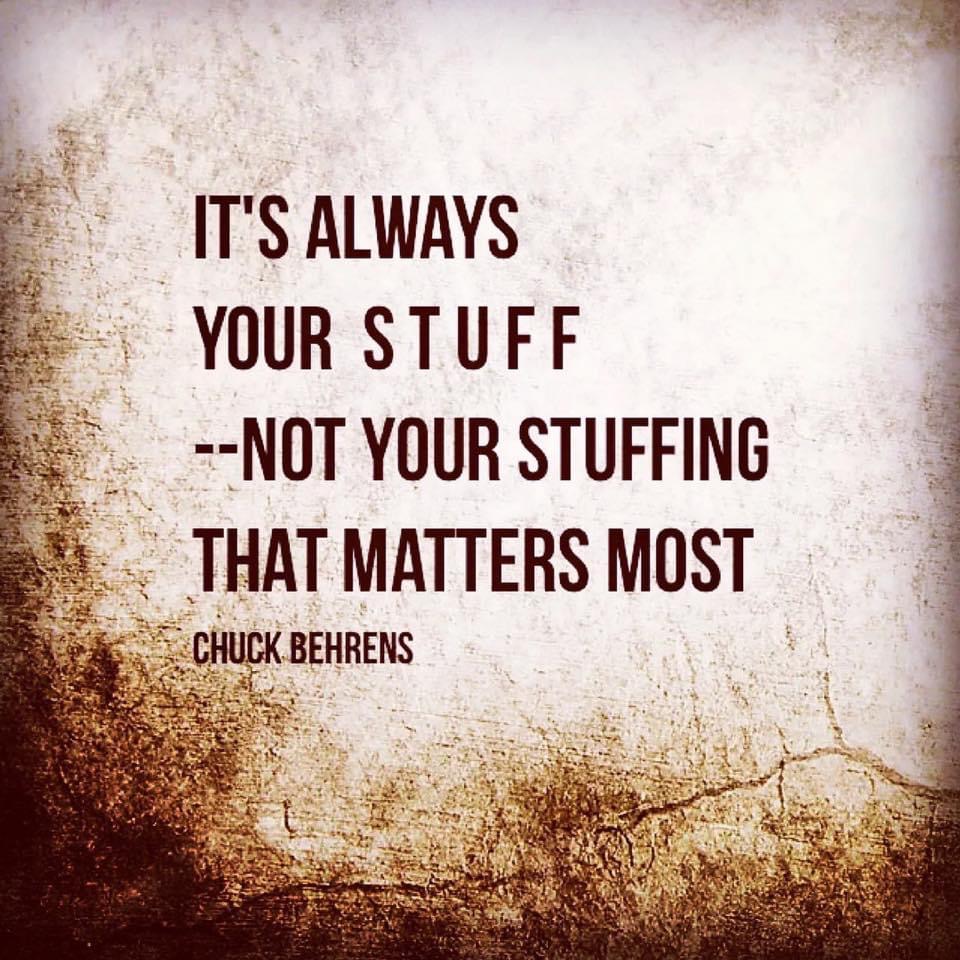

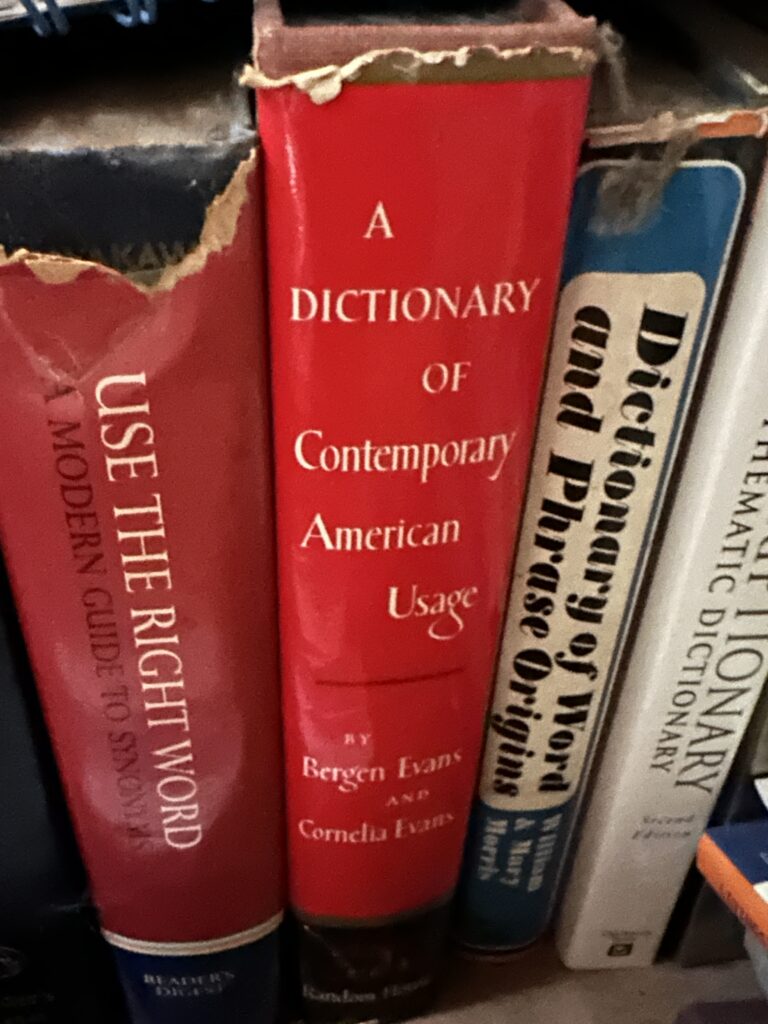
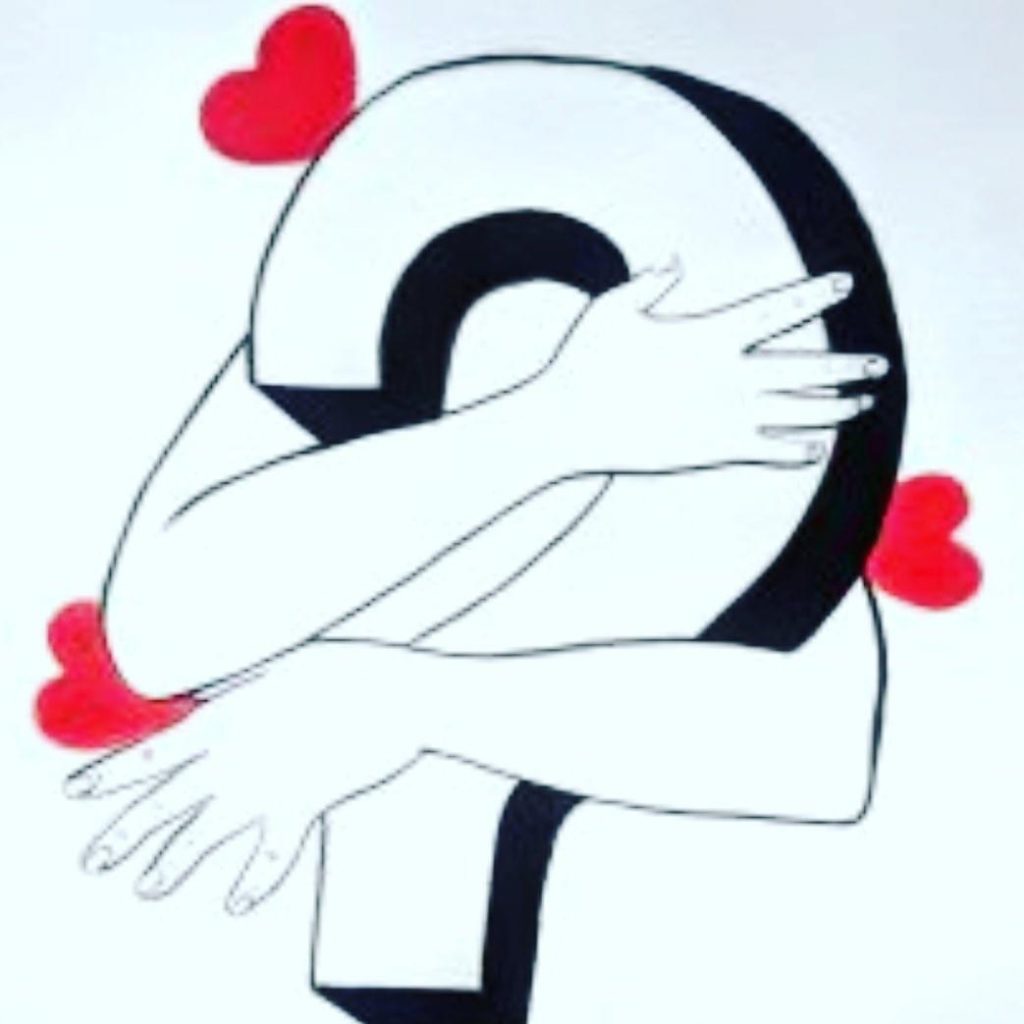
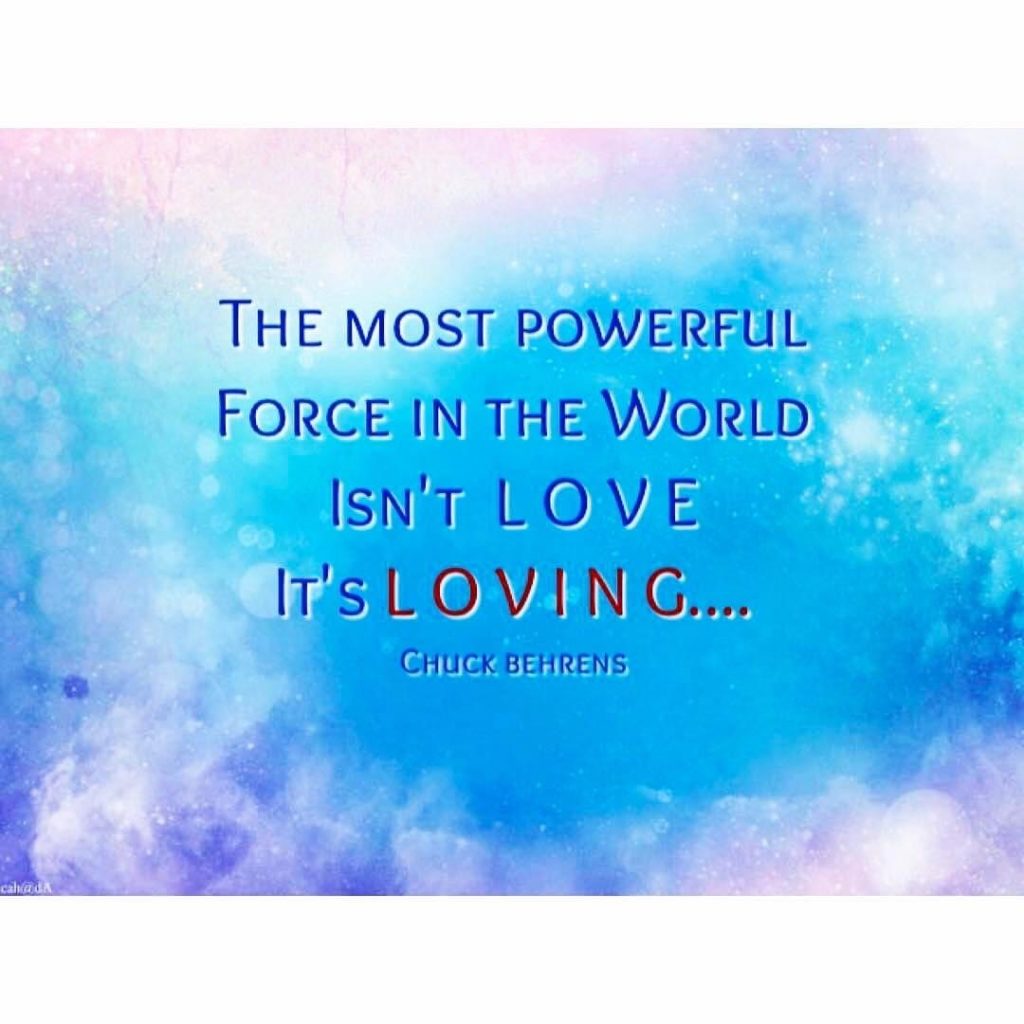
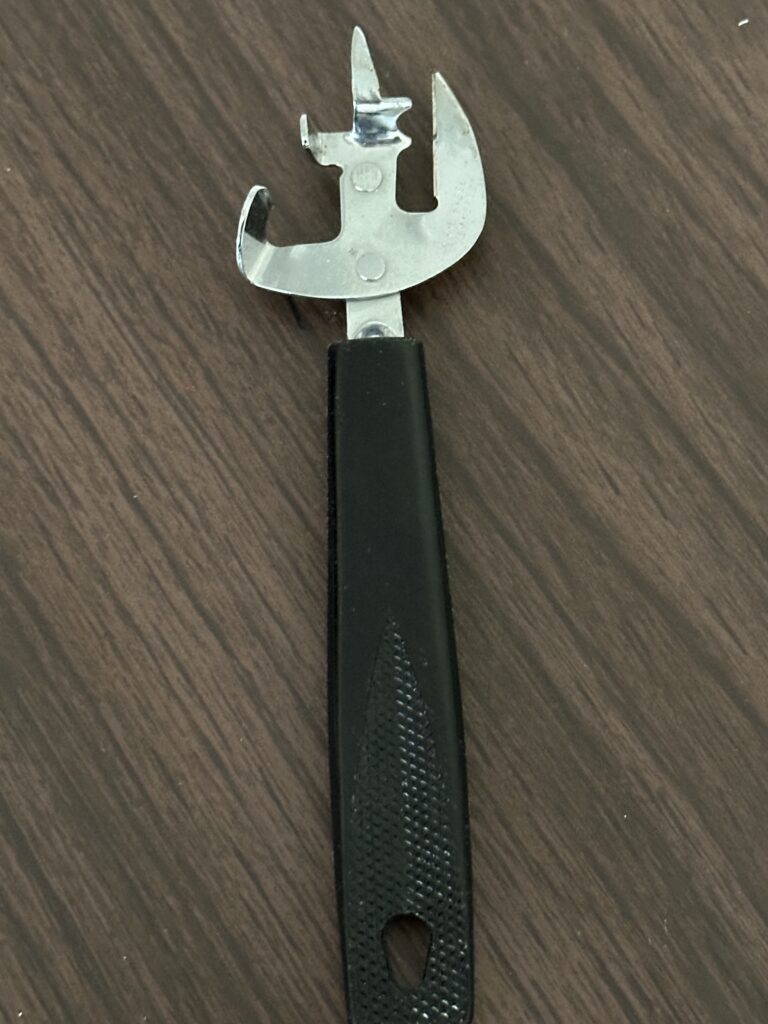
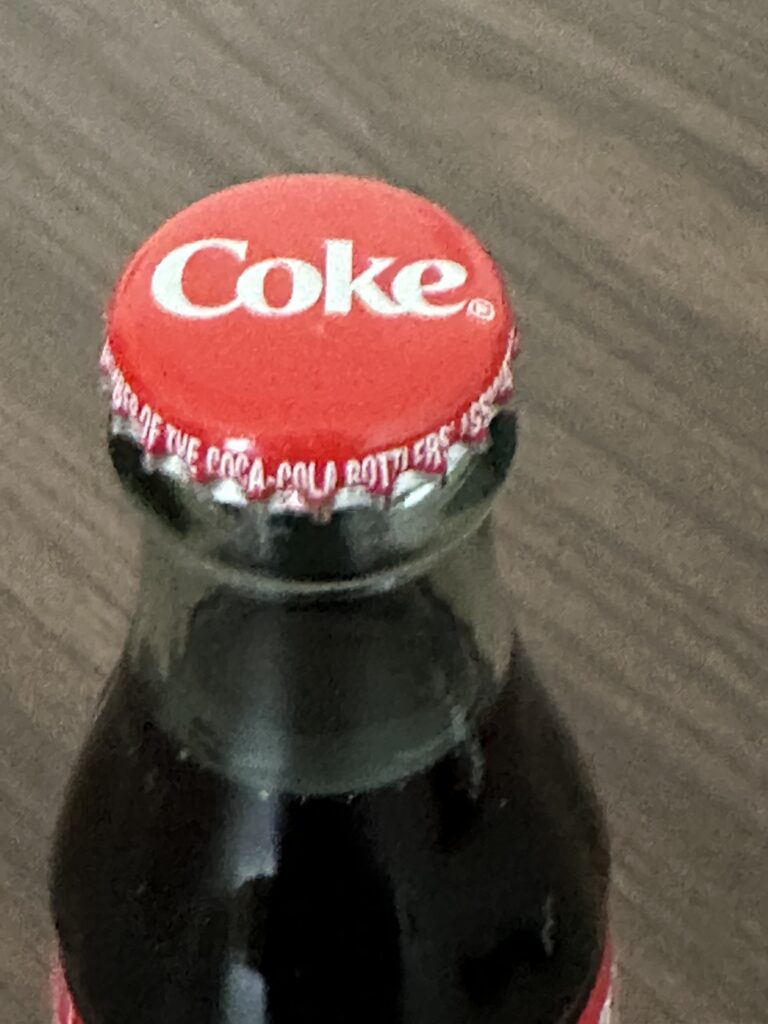
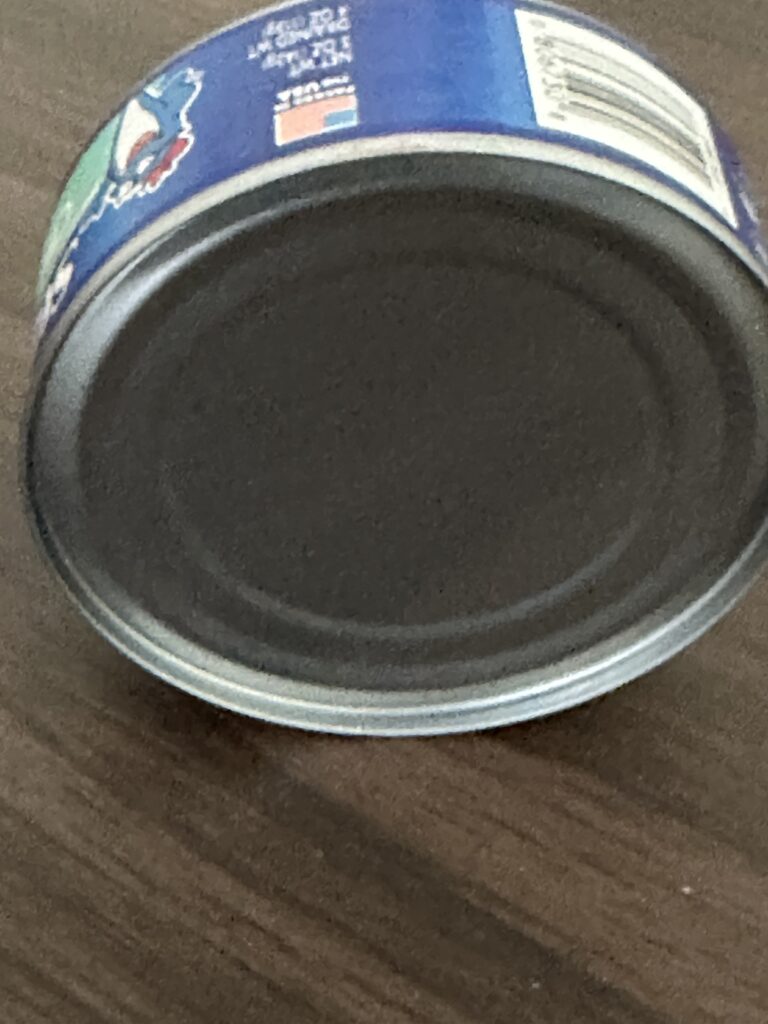
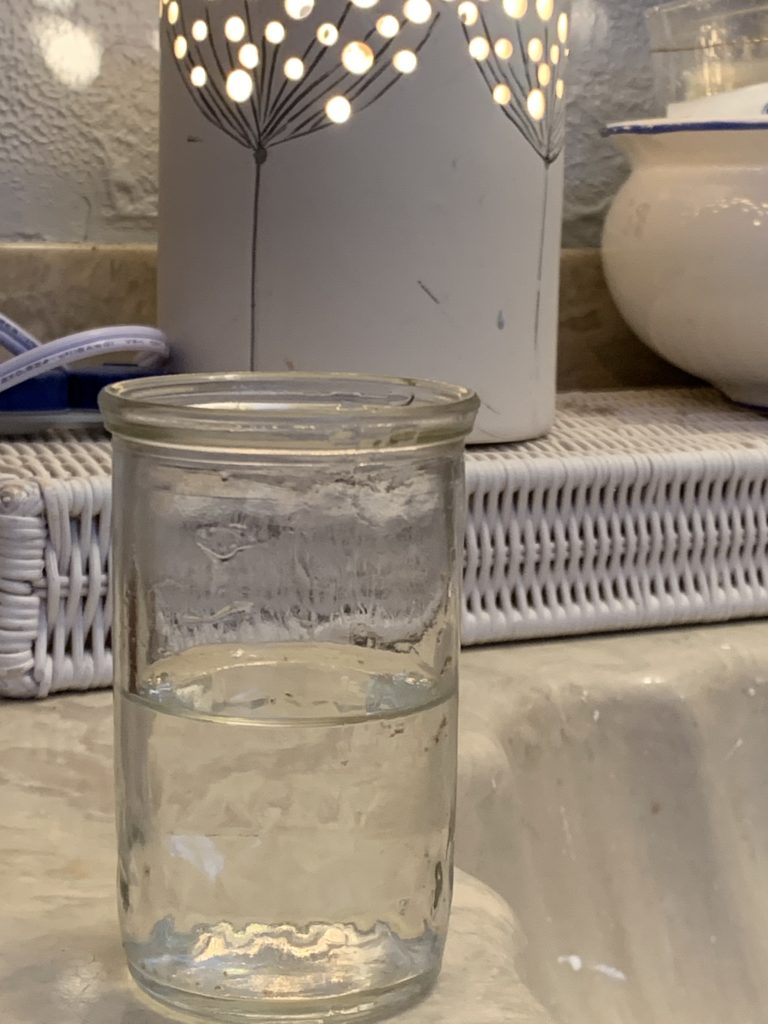

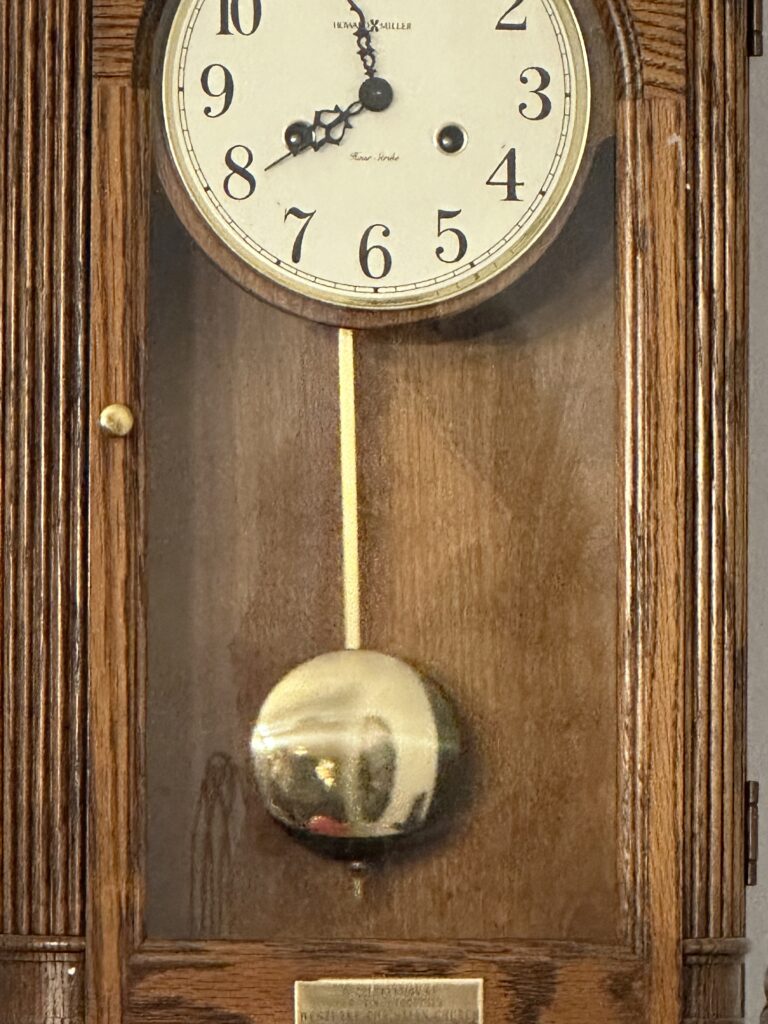
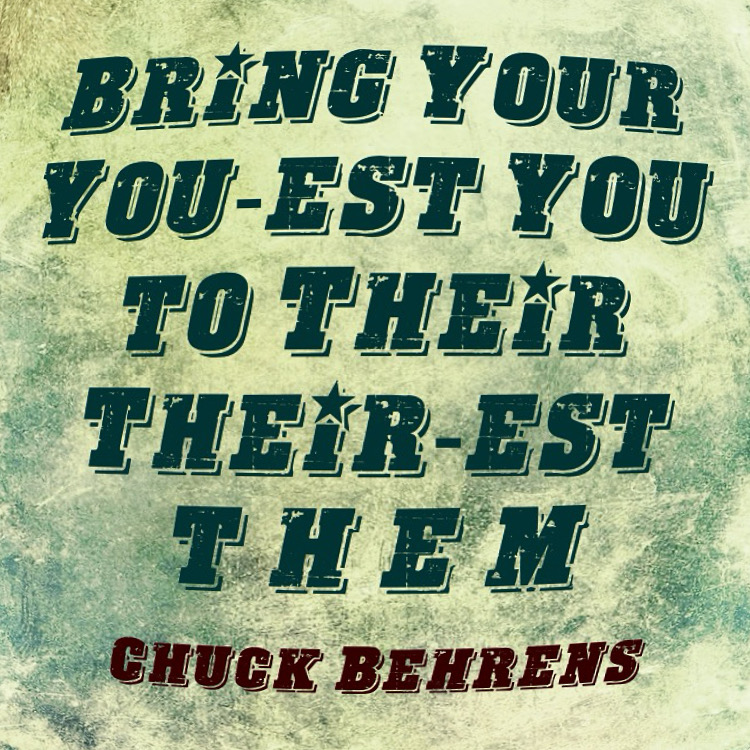
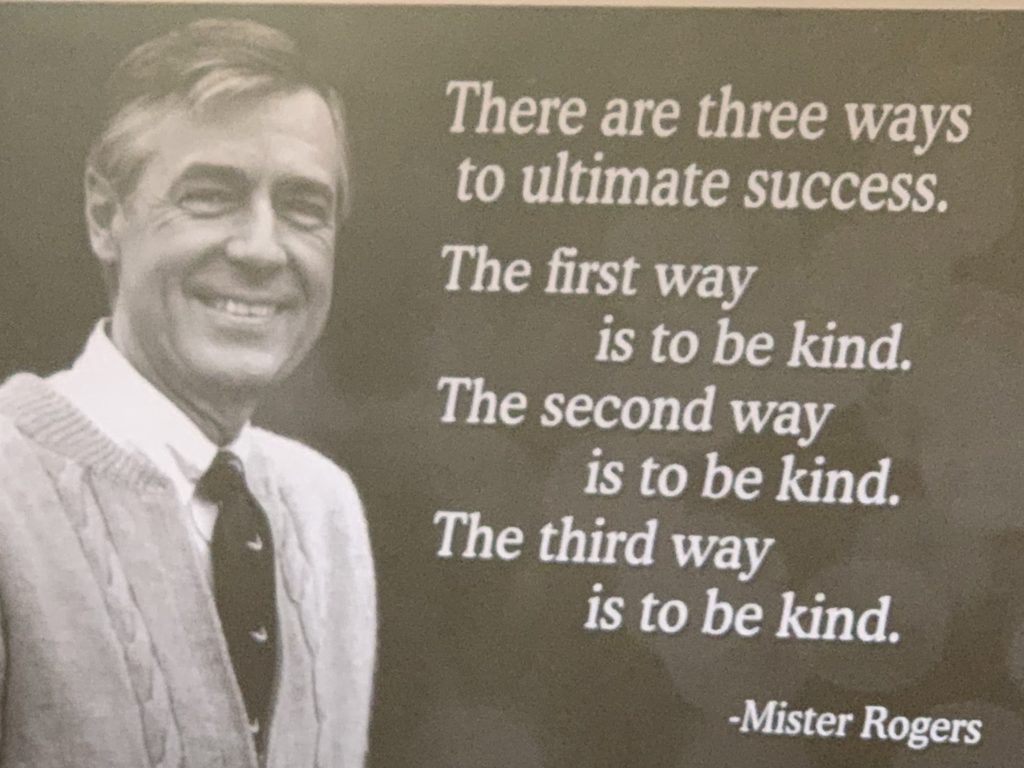 LOVED TO LOVE
LOVED TO LOVE

